We say STC is, “rooted in classical method with a contemporary approach.” This mentality defines what Pilates looks like at our studio. However, it doesn't mean much if you don't know what the heck the difference is between Contemporary and Classical Pilates is, so we dedicated a blog post to breaking it down.
Contemporary Vs. Classical Pilates (in Laymen's Terms)
Classical Pilates consists of Joseph Pilates' (the creator of the Pilates Method) original work. It focuses on the foundational principles of Pilates: Control, Precision and Concentration. Not only is your form important, but the order in which you do your exercises with appropriate transitions - Each exercise builds and leads into the next to ensure you are properly warmed up and cooled down. This process prevents injury and keeps your body in alignment as you move through your workout and build endurance. Mat work (Pilates without equipment) is the foundation of the original Pilates method. The same Principles were then brought to the Reformer, Wunda Chair and Cadilac apparatus, all which we utilize at STC.
The principles of Classical Pilates have built the teaching philosophy at our studio but we’ve made modifications that we believe benefit our client's overall wellness. We teach "neutral spine" which you'll hear a lot during class. It is perhaps the most fundamental change in form that Contemporary Pilates offers. Mr. Pilates believed that your spine should be completely flat and make full contact with the mat with a slight tuck and posterior pelvic tilt. In contrast, your sacrum is planted firmly on the mat in neutral spine, allowing for a natural curve. This ensures your spine is supported and safe while you work.
Contemporary modifications like this one were a result of modern medical research and heavily influenced by Physical Therapy. These changes to classical exercises not only allow them to target smaller muscles, but also make it easier for those new to Pilates or those seeking rehabilitation from injury. These modifications protect your neck, back and other parts of the body that are easily irritated by exercise. With the support of the equipment and adapted form, a "Classical with a Contemporary twist" approach makes Pilates accessible at all levels of physical fitness.
Lucky for you, our instructors are trained in both, so you’ll experience the benefits from the Classical and Contemporary Pilates Method at STC - and why not have the best of both worlds?
Interested in getting started with Pilates or picking it back up again with an instructor at STC? We'd love to have you! Remember, our classes are easily adaptable for all levels. Schedule your New Client Private to get started!


